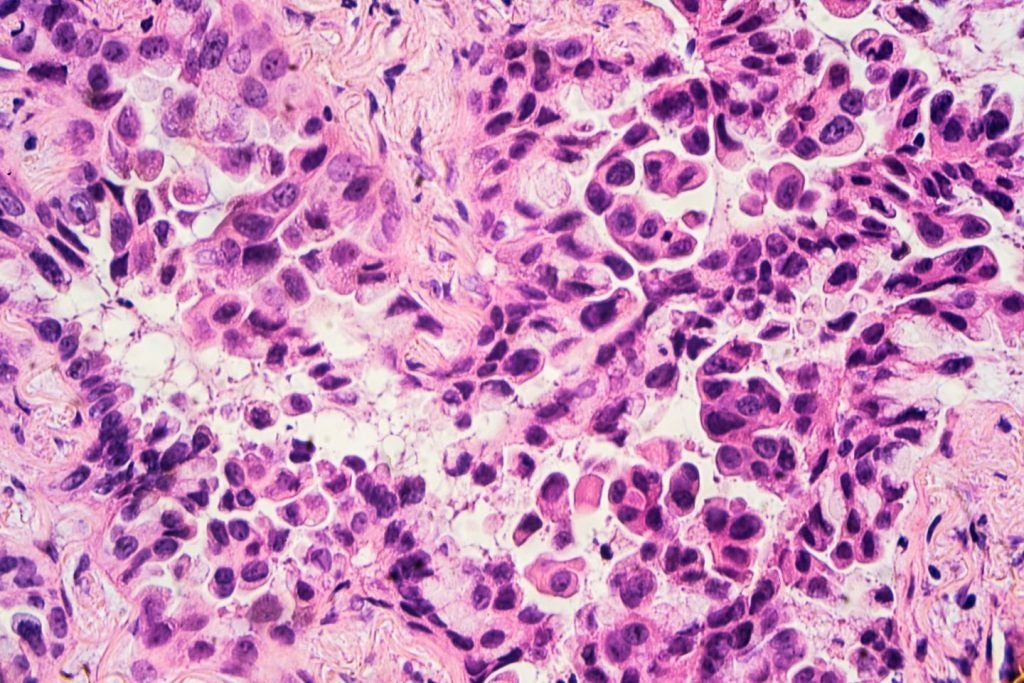
Coronary stents are used in percutaneous coronary intervention (PCI) procedures for the treatment of coronary heart disease. Stents are tube-like devices that are used to open and widen clogged heart arteries. Bioresorbable stent (BRS) devices, also known as bioabsorbable or biodegradable stents, refer to coronary stents that can fully dissolve in the body. The main advantage and promise of using a BRS is that it will clear out of the body within a few years, thereby theoretically reducing the long-term adverse effects normally seen with conventional stents.
The first and the most extensively studied BRS device, Abbott’s Absorb, was approved for use by the FDA in 2016. The device was quickly adopted by many surgeons. However, since then, multiple studies, including the ABSORB clinical trials, have shown that Absorb has little or no competitive advantage over commonly used drug-eluting stent (DES) devices. In 2017, the FDA issued a warning for the use of BRS, and the European Society of Cardiology (ESC) concluded that there was not enough data to support the superiority of BRS stents to DES. Instead, the ESC recommended that physicians use DES until further data on Absorb became available. Abbott pulled Absorb from the market in September 2017 due to low commercial sales.
Currently, a few new-generation BRS devices have a Conformitè Europëenne (CE) mark approval. However, according to GlobalData’s analysis, the Global market shares for these products are negligible. Recently, the BRS stent manufacturer REVA Medical declared bankruptcy and indicated that it will change its focus from BRS to peripheral intervention and embolics products, perhaps signaling a general dwindling of interest in the pursuit of BRS.
The idea of being able to clear the body of a foreign object after the treatment of a blockage is still somewhat attractive, especially considering the growing aging population and the fact that people are expected to live longer after a PCI procedure. Currently, clinical studies assessing the safety of Abbott’s Absorb and the new generation BRS devices are still ongoing, and several pipeline products are in the works. Second-generation devices need to address one of the main drawbacks of Absorb, which was a thick strut.
Traditionally, BRS devices required a thicker strut compared to more commonly used DES devices due to the weaker nature of the BRS material. However, a thicker strut leads to worse patient outcomes. Additionally, for BRS devices to become commercially viable, extensive and meticulous long-term studies need to show a clear advantage over the commonly used DES devices, which will require time and investment. BRS devices need to catch up to DES devices, which have had plenty of time to improve and are continuing to evolve with ample attention and funding. Additionally, there is a stigma around BRS devices due to the disappointing clinical data from the most well-known BRS, Absorb, as well as the FDA and ESC recommendations. According to GlobalData, while there may still be a future for BRS devices if they can overcome these issues, it will take some time to do so.
How well do you really know your competitors?
Access the most comprehensive Company Profiles on the market, powered by GlobalData. Save hours of research. Gain competitive edge.

Thank you!
Your download email will arrive shortly
Not ready to buy yet? Download a free sample
We are confident about the unique quality of our Company Profiles. However, we want you to make the most beneficial decision for your business, so we offer a free sample that you can download by submitting the below form
By GlobalData




Related Company Profiles
REVA Medical Inc
Abbott GmbH & Co KG
BRS